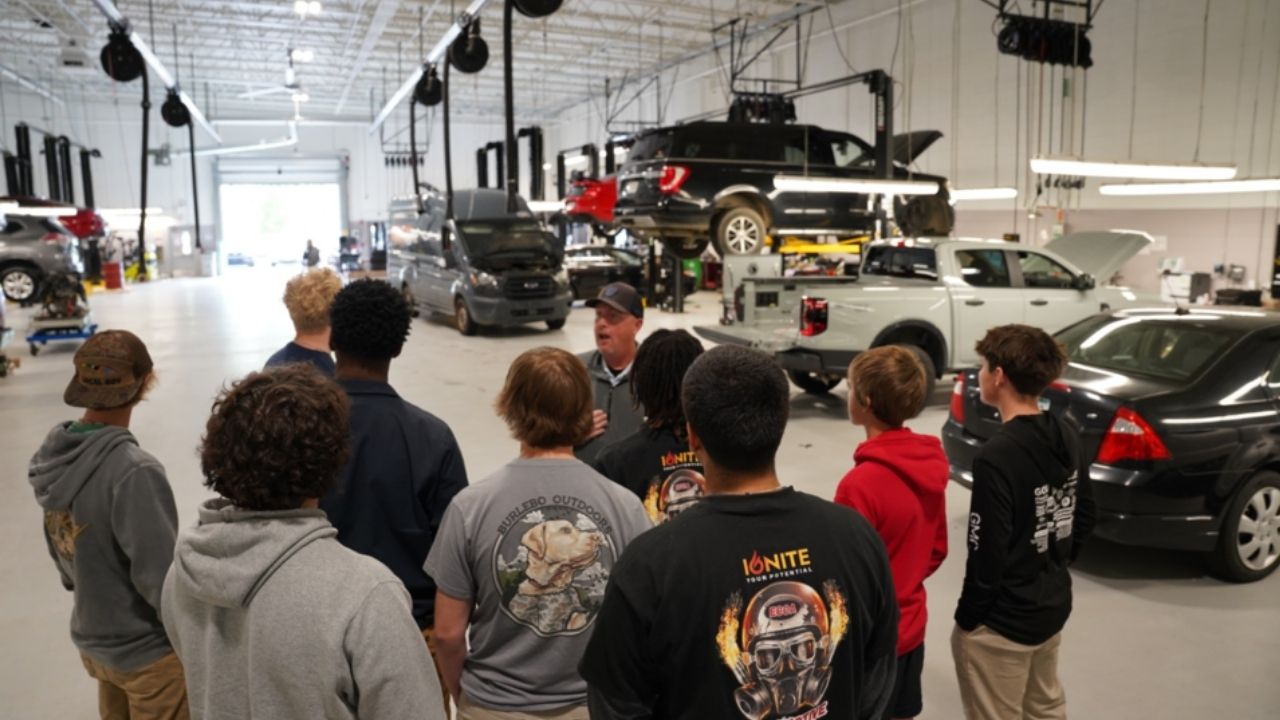The key to a successful automotive, diesel, and collision program depends on their advisory committee. Advisory committees provide instructors with up-to-date information from people working in the industry. And, the industry can provide instructors with information on what they need students to learn to be successful on the job.
Below are five tips to help you grow a successful advisory committee.
How to Grow the Advisory Committee for Your Auto, Diesel, or Collision Program
Don’t be Shy on Invites
There isn’t a limit on the number of people you can have on your advisory committee. Invite anyone in the industry that will bring valuable insights or people you want to build relationships with.
One of the best ways to grow your advisory committee is by asking members to invite their connections to the meetings. The more people, the better. Never stop trying to build new relationships.
Get Different Industry Perspectives
If you’re only inviting shops and dealerships to your advisory committee meetings, you’re missing out on a huge group of people who can help your program. Expand your advisory committee to technicians, other instructors, HR, fleets, and more.
Advisory committee meetings bring together a wide variety of people and multiple perspectives. Choose people you could form great relationships with and people who bring a lot of wisdom from the industry.
Advisory Committees Aren’t for Schools; They’re for Students
One of the biggest misconceptions about advisory committees is people believe they are for the schools. They are not for the schools; they’re for the students and the future of the industry. Bringing together local businesses and schools provides tremendous opportunities for the students, such as:
- Part-time work
- Full-time work
- Job shadowing
- Mentorship opportunities
Keep Conversations Consistent
A big problem with advisory committees is they meet bi-annually, and no one ever talks until the next meeting. The connections you create in advisory committee meetings should be connections you’re communicating with constantly throughout the year.
This also involves coming prepared for the meetings with questions and topics to discuss. Identify what the program wants to get out of the advisory committee meetings. Then, make actionable takeaways so the things discussed actually happen.
Develop Common Goals and Values
Every member should have the same goals and ideas for what they want to get out of the advisory committee. Make the goals clear and figure out what it is you want to achieve and accomplish in every meeting. The meetings will lose value if you don’t set goals from the beginning.
Want to Learn More? Check Out the Event Recording, How to Get The Most Value From Your Advisory Committee
Check out our recent roundtable where we discussed how you can boost engagement at your advisory committee meetings. Including who to invite, beneficial discussion topics, and how to run productive meetings.




